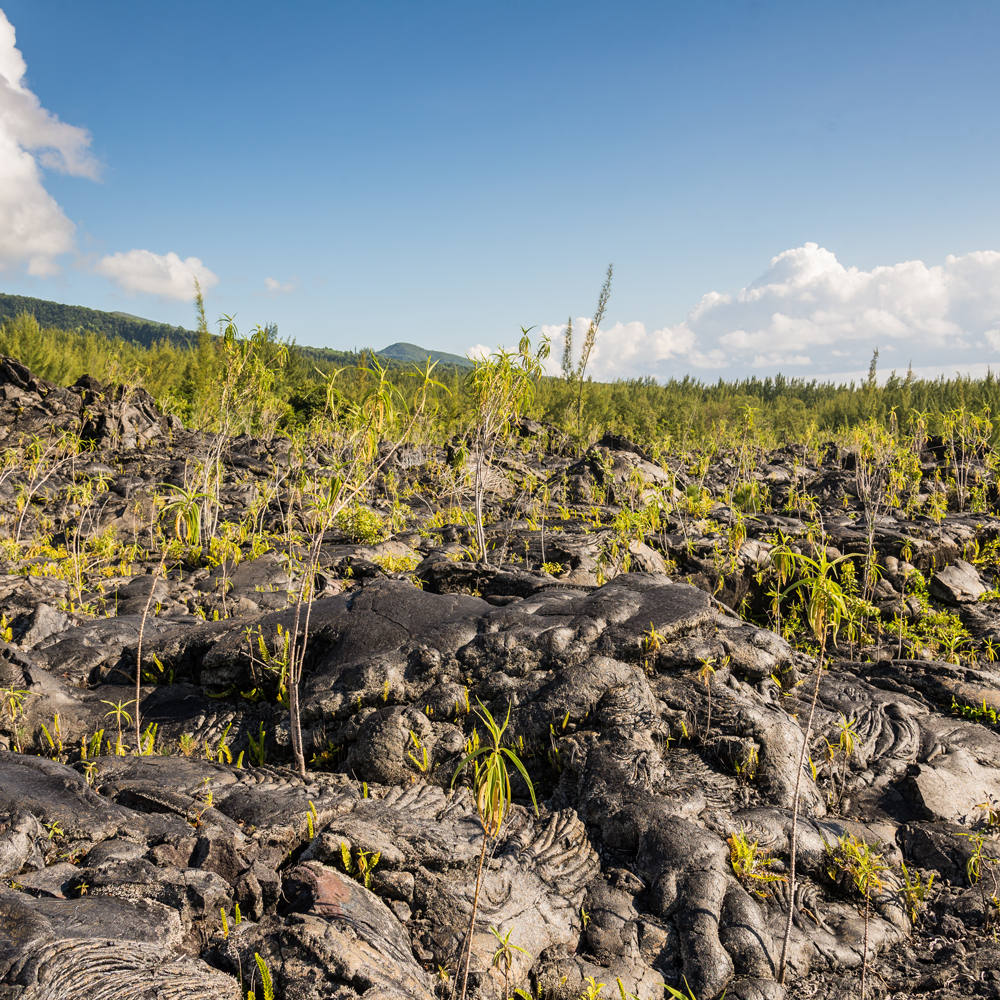My Cart
Your Shopping Cart is currently empty. Use Quick Order or Search to quickly add items to your order!
 Carolina Staff
Carolina Staff
Updated December 2018
We often view an ecosystem as a stable system in which populations of various organisms live in equilibrium—among themselves and with the abiotic environment. This view paints an incomplete picture because it overlooks the variable of time. Time was required to establish the apparent stability, and changes continue to occur over time. The gradual replacement of established species or shifts in proportions of species or populations is ecological succession. Succession is sometimes difficult for students to comprehend because of the complexity of an ecosystem and because succession often occurs through gradual change over several generations.
It is possible, though, to perform a hands-on experiment in the classroom to reinforce the concept of succession. Each of several student groups can set up a simple ecosystem and observe ecological succession in about 2 weeks. The simple design lends itself well to further experimentation and adjustment of variables. It encourages collaboration as groups compare their emerging communities and look for trends. Once the ecosystems are set up, they require little maintenance—just several minutes of observation every few days.
This activity is appropriate for high school students and builds towards the following content standards for grades 9–12:
Disciplinary Core Idea: LS2: Ecosystems: Interactions, Energy, and Dynamics
Performance Expectations:
HS-LS2-1: Use mathematical and/or computational representations to support explanations of factors that affect carrying capacity of ecosystems at different scales.
HS-LS2-2: Use mathematical representations to support and revise explanations based on evidence about factors affecting biodiversity and populations in ecosystems of different scales.
Each student (or student group) will create a mini ecosystem and then observe and document the changes over time.
Place your vial in bright but indirect natural light or under a grow light. Make sure that the cap is in place loosely to allow for gas exchange. You may need to add springwater to the vial as the water evaporates. Over the next 2 weeks, changes will occur in the community within the vial.
Using a pipet, slide, and coverslip, survey the organisms in your vial every few days. Note any changes in the numbers of species as well as the population density of the different species. Also note any other changes, such as in color or odor. Have students identify the organisms as best they can and record their results. They can use our free illustrated key to common freshwater microorganisms.
Have groups compare their findings, either informally or through presentations. Together try to discern a pattern of succession in the ecosystems.
*If you have a Carolina™ Minipond Ecosystem in your classroom, water samples from your classroom “pond” can substitute for the protozoan and algae cultures in the student ecosystem tubes.
For a more in-depth study you may like Carolina EcoKits®: Succession in a Hay Infusion